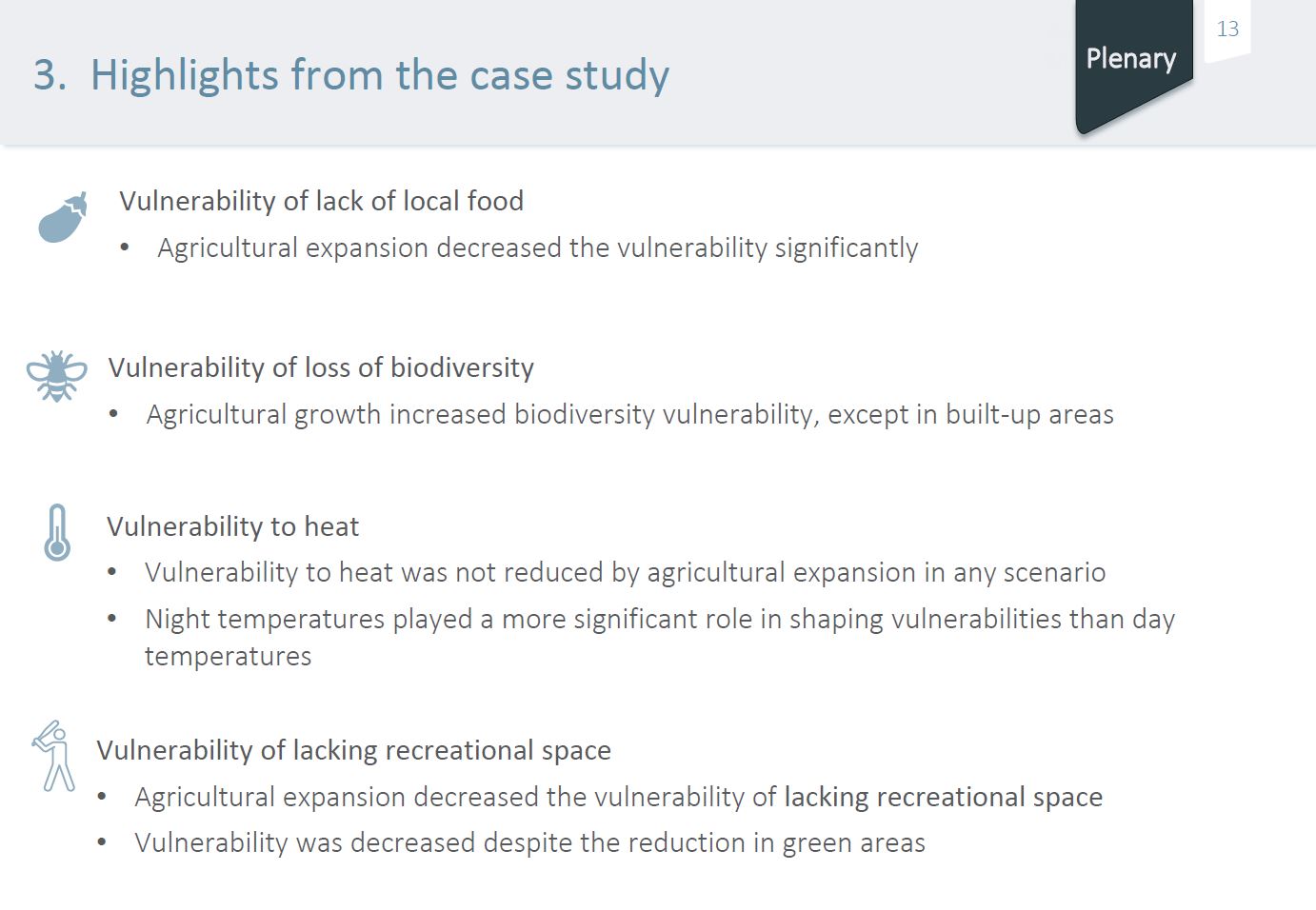Participation at the Green urbanism conference
20 December 2023VII International conference on Green Urbanism (GU 2023)Dates: 11-13 December 2023
On December 2023, URBAG participated at the VII International conference on Green Urbanism (GU 2023) with the presentation “Integrated System Analysis of Urban Vegetation and Agriculture: An Interdisciplinary and Participatory Decision Approach for Evaluating Nature-based Solutions Against Urban Vulnerabilities”. David Camacho presented his work of developing a framework to holistically integrate the different impacts of Nature-based solutions in urban environments and its application to the case study of Urban agriculture in the Metropolitan Area of Barcelona. Green urbanism conference is intended to explore both architectural and urbanistic approaches for the transformation of cities towards sustainable green environments.
Abstract:
Nature-based solutions (NBS) are increasingly employed to address urban challenges. Typically, NBS planning emphasizes environmental impacts and ecosystem services, often overlooking their role in addressing vulnerabilities. Our objective is to develop a framework assessing the extent to which NBS alter urban vulnerabilities. For this, we relate ecosystem service and urban metabolism analyses to spatially explicit vulnerabilities. The framework relies on multi-criteria decision analysis to integrate diverse impacts. It follows a stepwise approach including the development of land-use scenarios, selection of vulnerabilities and indicators, normalization and aggregation of indicators, and stakeholder weighting. We apply the framework to the Metropolitan Area of Barcelona to assess the impacts of increasing (peri-)urban agriculture in terms of critical vulnerabilities: heat, lack of recreational space, biodiversity loss, and lack of local food. Results show that agricultural expansion decreased the vulnerability of lack of local food, increased the vulnerability of biodiversity loss, and increased the heat vulnerability in terms of night temperatures for sensitive areas. Results reveal diverse spatial outcomes and trade-offs in urban vulnerabilities due to shifts in (peri-)urban agriculture. The framework innovatively evaluates NBS impacts by linking multiple evaluation methods through spatially explicit vulnerabilities, fostering the strategic planning of NBS at the urban metropolitan scale.
If you are interested in the conference program, please follow this link.
